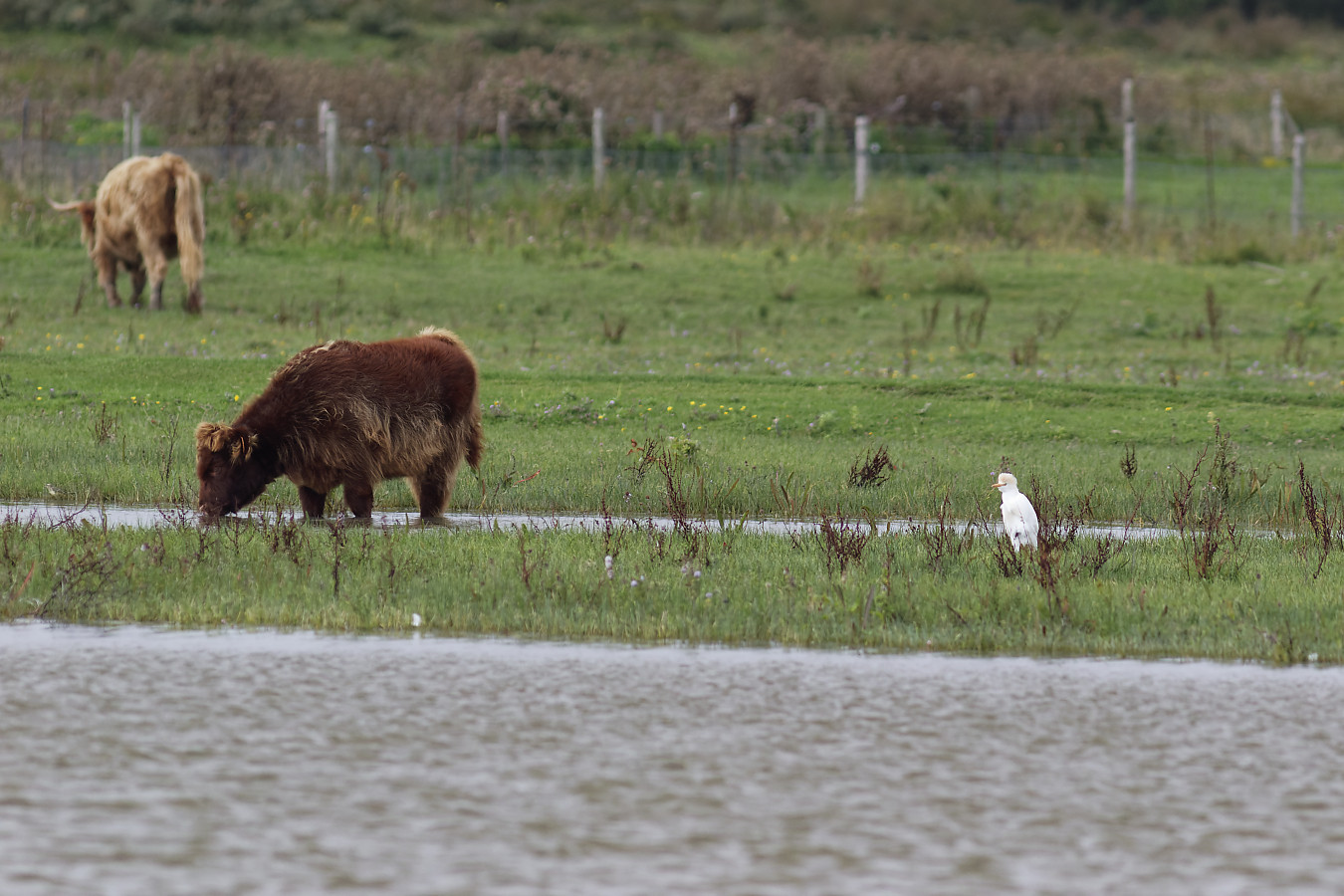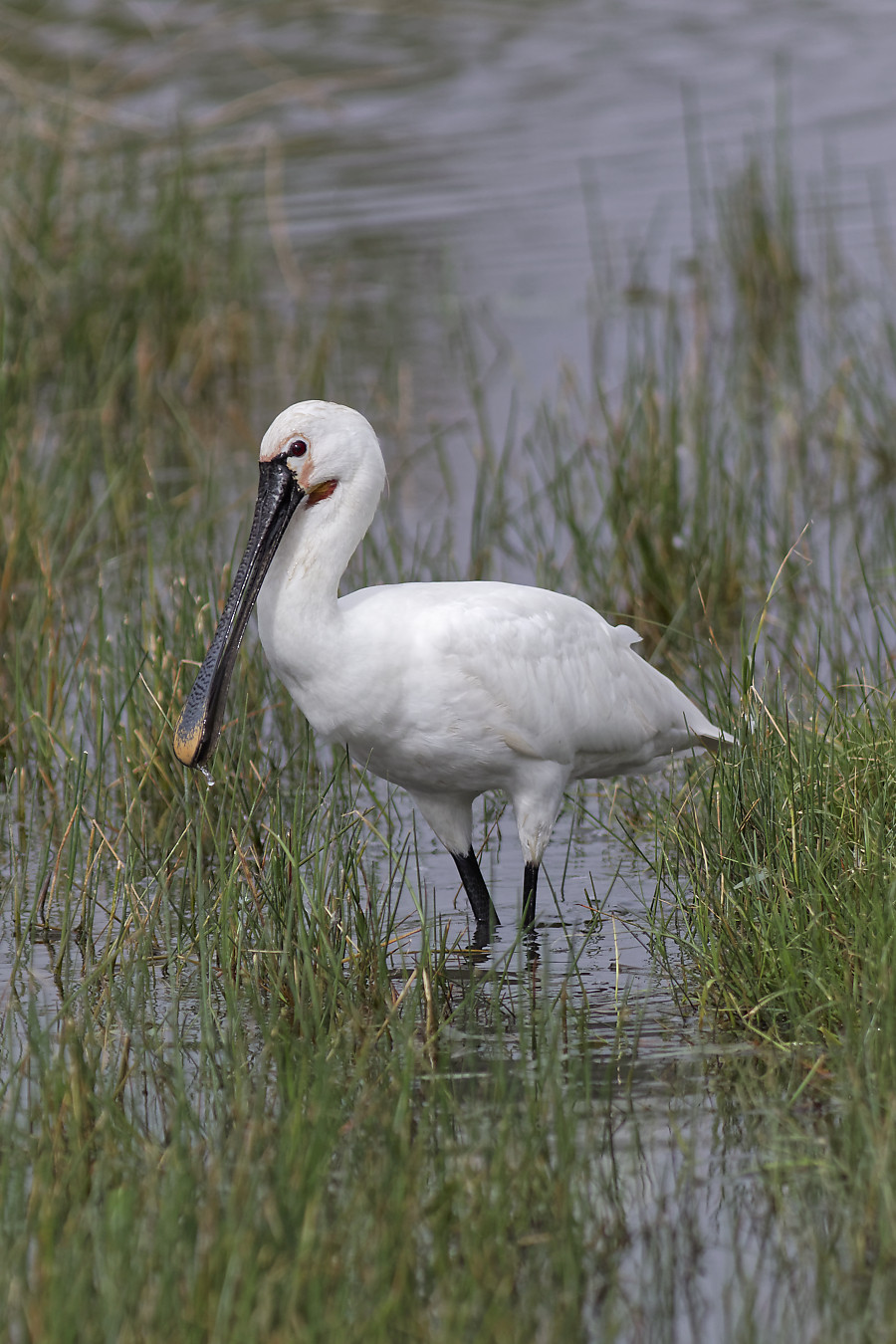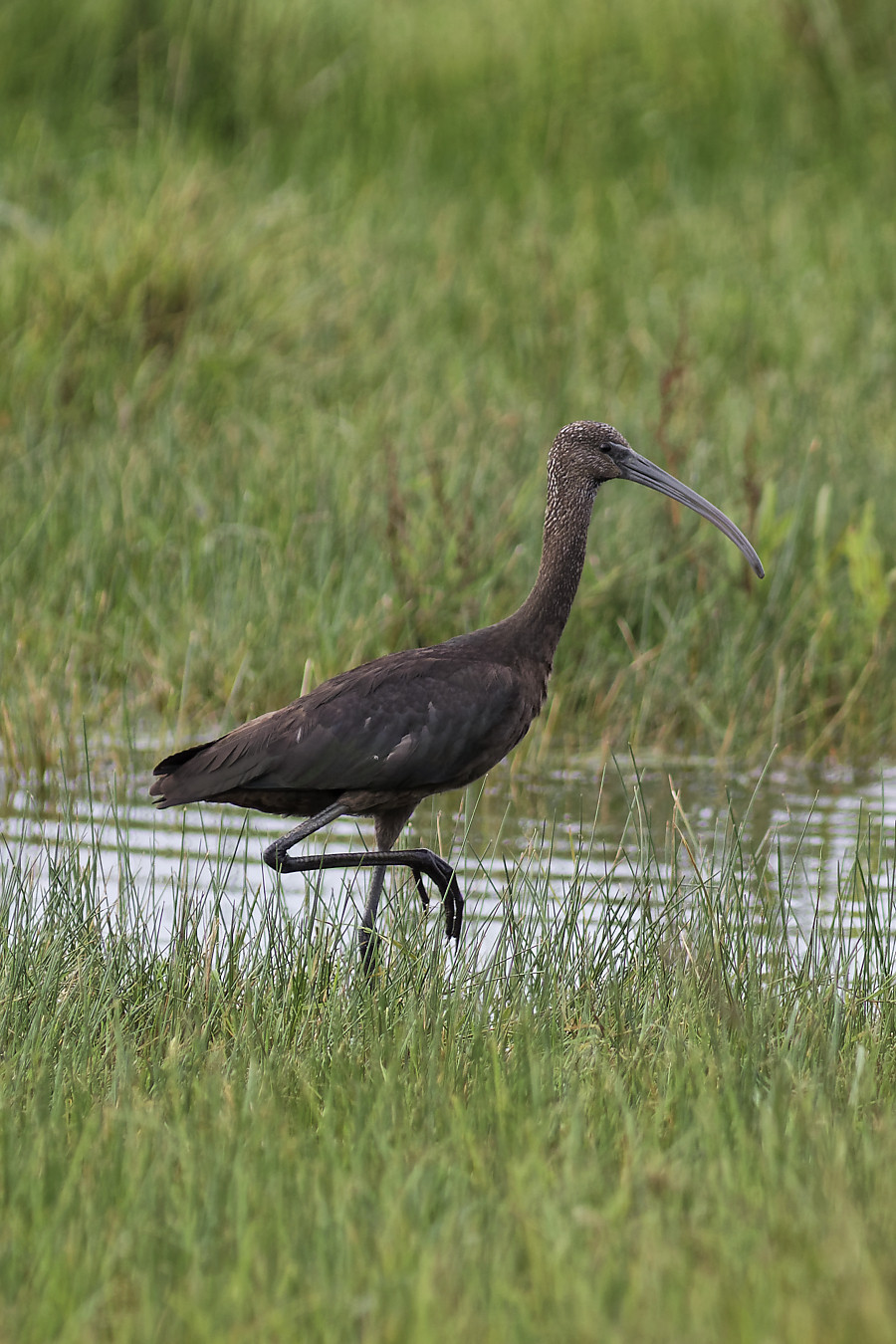Beschreibung
In the heart of the Bay of Somme near the village of Le Crotoy the Marais de La Bassée is a wonderful area of flooded meadow besides the road. From the cycle path you can see birds like Bekassine, Kiebitz, Rotschenkel, Weißstorch, Kuhreiher, Silberreiher, Seidenreiher, Löffler, Stelzenläufer, Brandgans, Löffelente and Knäkente. In some parts the birds are very close.
_________________________
Français: Marais de La Bassée est une zone humide au coeur de la Baie de Somme. Est une zone de prairie inondée à côté de la route près de la ville de Le Crotoy.
Details
Zugang
Marais de La Bassée is located just north of the town of Le Crotoy. The wetland is right beside the road. There is a cycle path between the road and the wetland and from the cycle path you can easily oversee the area. Note that the cycle path can be very busy. Click on the P in the map for directions to a parking spot.
_________________________
Français: Le Marais de La Bassée est situé juste au nord de la ville du Crotoy. La zone humide est juste à côté de la route. Il y a une piste cyclable entre la route et la zone humide et depuis la piste cyclable, vous pouvez facilement surveiller la zone humide. Cliquez sur le P sur la carte pour vous diriger vers une place de stationnement.





.jpg)

